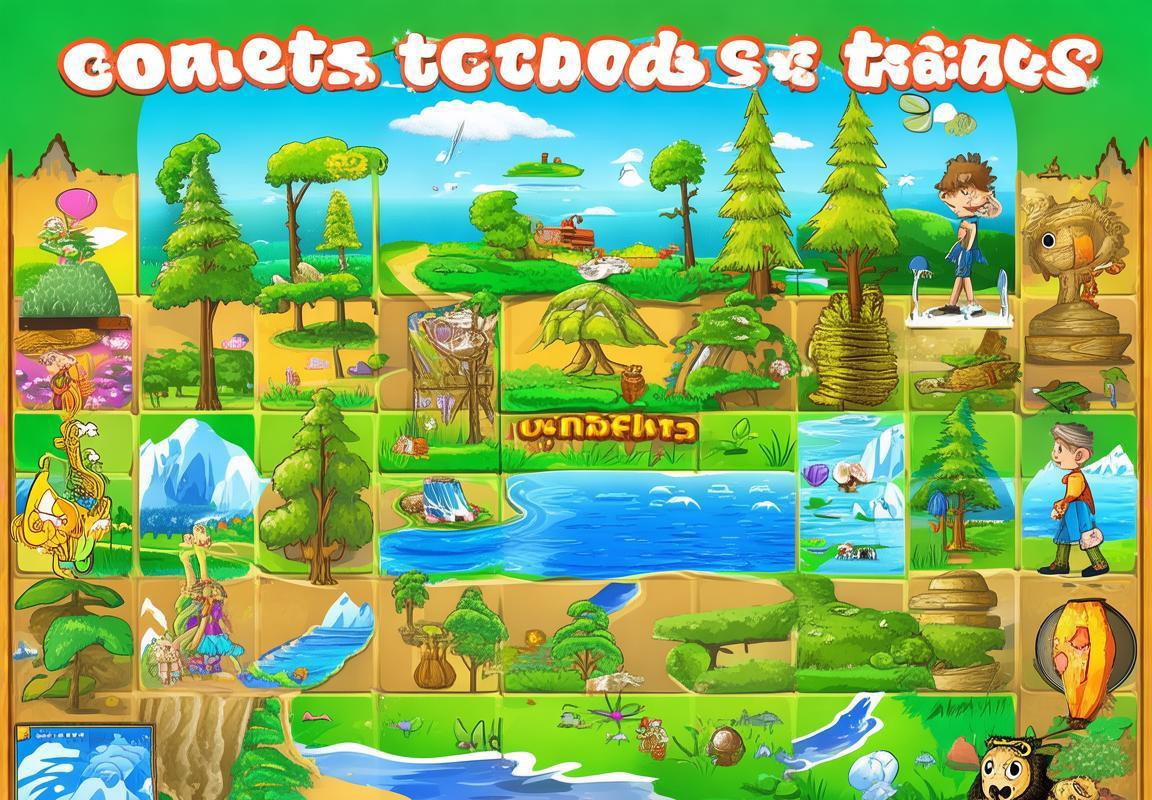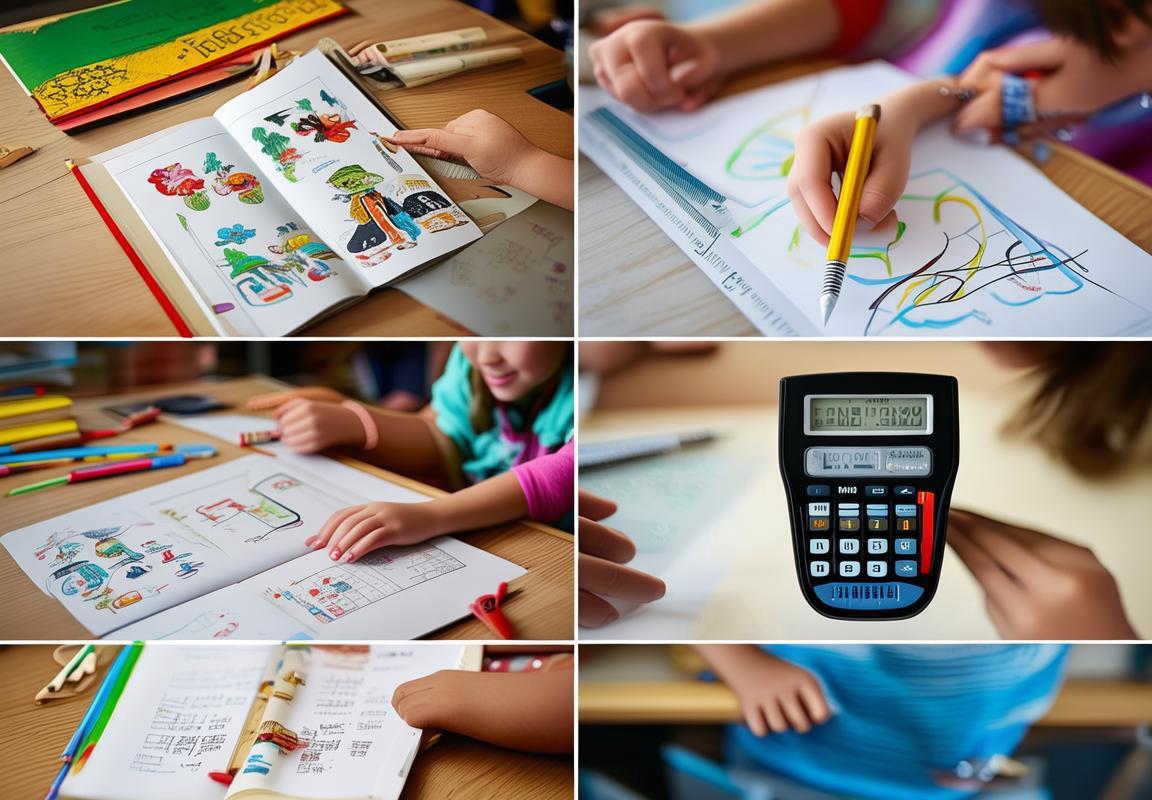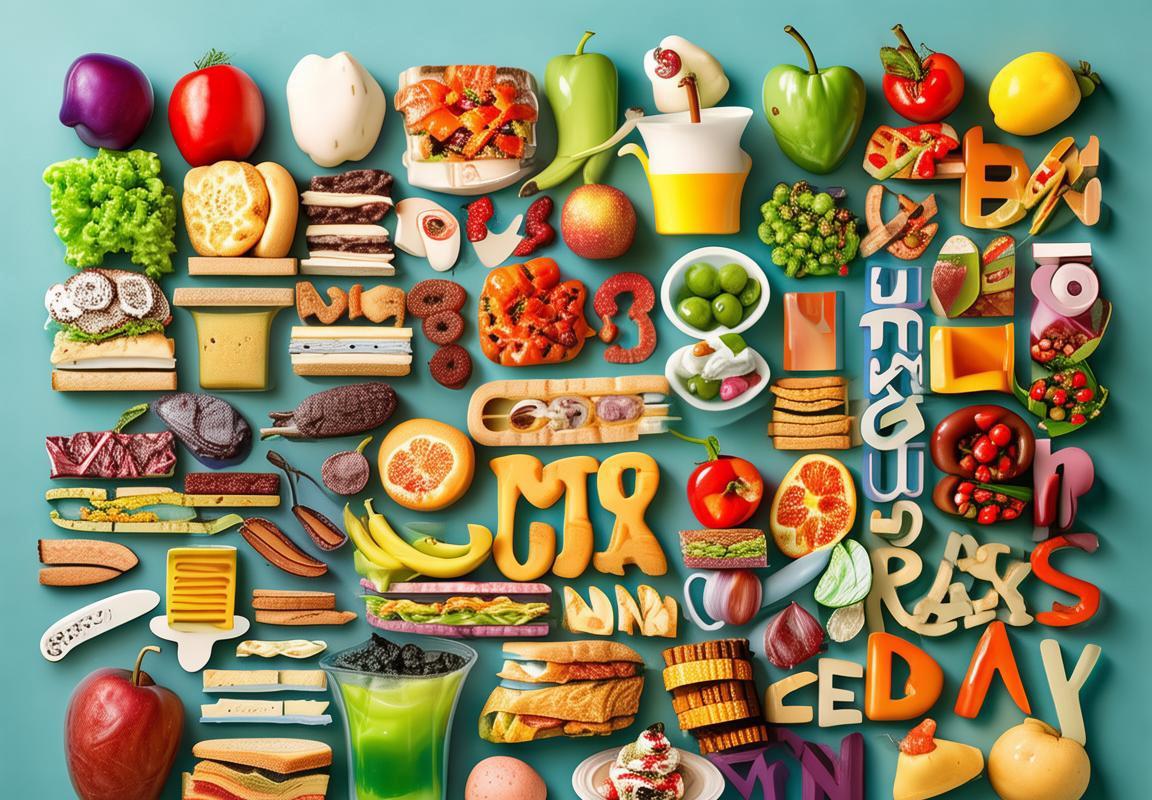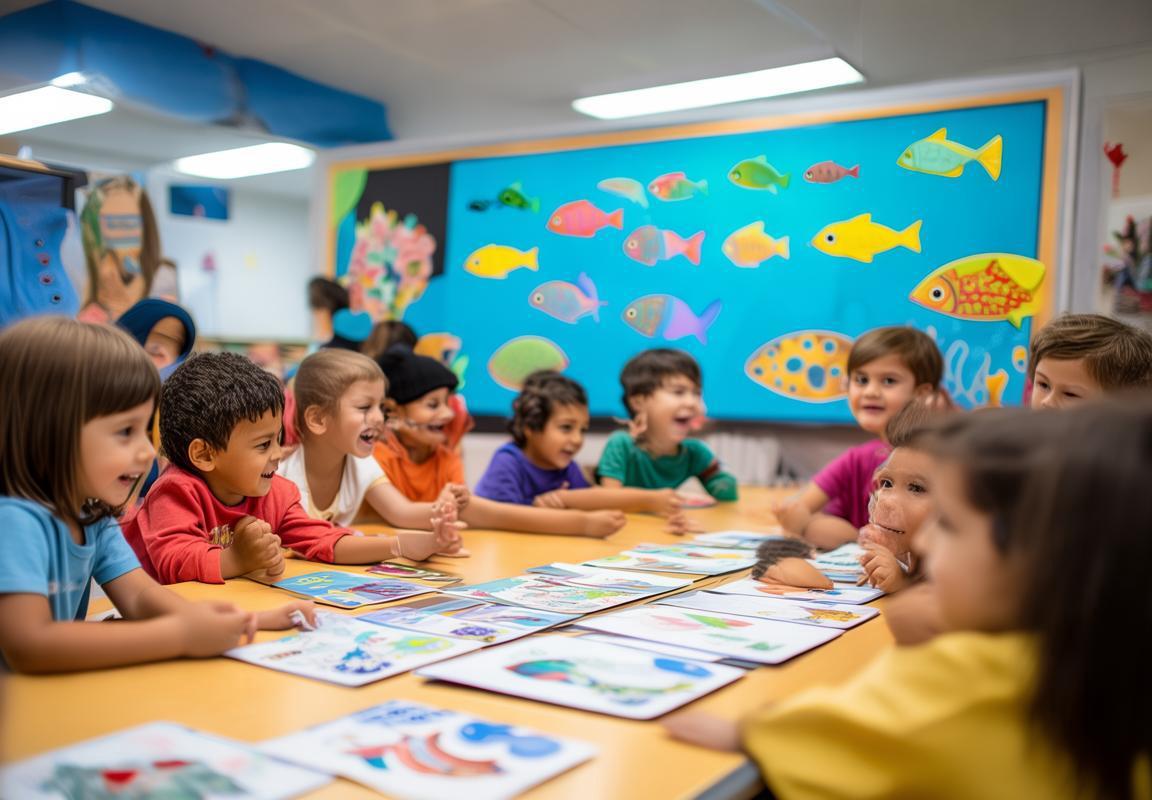เรามีความยินยอมที่จะนำคุณสู่โลกของความคิดสร้างสรรค์และการเรียนรู้ผ่านเรื่องราวที่น่าสนุกสำหรับเด็กๆ! ในบทนี้ เราจะร่วมกันสร้างเกมและเนื้อหาเรียนรู้ที่มีค่าโดยใช้ภาษาอังกฤษเพื่อช่วยเด็กๆเพื่อนของเราพัฒนาทักษะและความสำนึกในเรื่องโลกที่รอดรับกันไปกันติดกัน!
ข้อความหลัก
In this game, children will search for hidden words related to the environment in English. The words will be printed on a grid or a page filled with pictures and clues. Here’s how the game can be structured:
1. Game Introduction
“Hello, kids! Today, we’re going on a treasure hunt to find words about our wonderful world. Let’s see how many you can find!”
2. Game Materials
- A grid or page with pictures of the environment (trees, rivers, oceans, mountains, etc.).
- A list of hidden words: tree, river, ocean, mountain, forest, beach, lake, sky, cloud, wind, rain, sun, snow, snowflake, leaf, flower, grass, etc.
3. Game Play
3.1. Word Search Grid
- The grid will have pictures and clues for each word.
- Children will look for the words in the grid by finding the pictures and reading the clues.
3.2. Clues and Pictures
- Each word will have a picture and a clue.
- For example, the word “tree” might have a picture of a tree and the clue “green, tall, leafy.”
3.3. Finding the Words
- Children will circle the words they find in the grid.
- They can also read the words out loud to practice their pronunciation.
4. Scoring
- Each word found is worth one point.
- The child with the most points at the end of the game wins.
5. Conclusion
“After we find all the words, let’s read them all together. You did a fantastic job! Remember, our world is full of beautiful places and things. Keep exploring and learning about it!”
6. Extension Activity
- After the game, children can create their own word search puzzles using the words they found.
- They can draw pictures and write clues for their friends to find the words.

ภาพแบบฝึกหัด
สร้างเนื้อหาเรียนรู้เกี่ยวกับอุปกรณ์การเรียนและการใช้งานของพวกมันในภาษาอังกฤษ
- เริ่มต้นกับเครื่องมือการเรียน
- “Let’s talk about some learning tools. Do you know what a book is? It’s a thing with pages where we read stories and learn new things.”
- แสดงภาพเล่มหนังสือ
- “Here’s a book. You can see the pages and the cover. Books are very important for learning.”
- เพิ่มเติมเครื่องมือการเรียน
- “Now, look at this. It’s a pencil. We use pencils to write and draw. Can you write your name with a pencil?”
- แสดงภาพปากกา
- “And here’s a ruler. It helps us measure things and draw straight lines. Do you like drawing?”
- ประกาศเกี่ยวกับเครื่องมือการเรียนอื่น ๆ
- “There are many other learning tools. For example, a calculator is a machine that helps us do math. Do you know how to use a calculator?”
- แสดงภาพคาลคูลเลอร์
- “And here’s a calculator. It has numbers and buttons. You press the buttons and it shows you the answer. Isn’t that cool?”
- ประกาศเกี่ยวกับการใช้เครื่องมือการเรียน
- “We use these tools to learn and play. It’s important to use them correctly. For example, we hold a pencil with our fingers like this.”
- แสดงภาพการใช้ปากกา
- “And we use a ruler to make straight lines. Look, I’m drawing a line with the ruler.”
- กล่าวถึงความสำคัญของการเรียน
- “Using these tools helps us learn new things every day. It’s important to use them wisely and take care of them.”
- ประกาศสรุป
- “So, those are some of the learning tools we use. Remember, they are our friends that help us learn and have fun. Keep using them and you’ll learn a lot of new things!”

รายชื่อภาพ
- ภาพต้นไม้
- ภาพแคว้น
- ภาพทะเล
- ภาพฝน
- ภาพดวงอาทิตย์
- ภาพฝนตก
- ภาพหาด
- ภาพป่า
- ภาพเส้นทาง
- ภาพรถยนต์
- ภาพรถบัส
- ภาพรถจักรยาน
- ภาพหน่วยงาน
- ภาพห้องสมุด
- ภาพห้องอาหาร
- ภาพห้องนอน
- ภาพห้องทำงาน
- ภาพห้องและเตียง
- ภาพห้องหน้า
- ภาพห้องในบ้าน

รายชื่อภาษาอังกฤษที่ซ่อน
- apple
- banana
- orange
- grape
- cake
- pizza
- sandwich
- ice cream
- juice
- milk
- egg
- bread
- butter
- cheese
- tomato
- lettuce
- cucumber
- carrot
- onion
- pepper
- fish
- chicken
- beef
- pork
- rice
- pasta
- potato
- corn
- peanut
- chocolate
- candy
- cookie
- cake
- fruit
- vegetable
- snack
- meal
- drink
- breakfast
- lunch
- dinner
- dessert
- snack
- food
- drink
- eat
- drink
- snack
- meal
- dessert
- fruit
- vegetable
- snack
- meal
- dessert

มาตรการเล่นเกม
- เริ่มต้นด้วยการแสดงภาพ
- แสดงภาพสัตว์น้ำหลากหลายขึ้นบนจอหรือผนังเพื่อเด็กเห็นและจำคำศัพท์ที่เกี่ยวข้องกับสัตว์น้ำแต่ละสาย.
- เรียกชื่อสัตว์น้ำ
- บอกเด็กว่า “Can you find the fish?” แล้วให้เด็กค้นหาภาพปลาที่ซ่อนอยู่บนภาพหลักหรือภาพดอกไม้เล็กๆ ที่มีคำศัพท์ประกอบด้วย.
- เมื่อเด็กค้นหาแล้ว ให้เด็กอ่านคำศัพท์ออกมาและกล่าวว่า “This is a fish.”
- จับคู่ภาพกับคำศัพท์
- แบ่งภาพสัตว์น้ำและคำศัพท์เล็กๆ ออกมาแล้วให้เด็กจับคู่ภาพกับคำศัพท์ที่ตรงกัน.
- ให้เด็กจับภาพปลากับคำศัพท์ “fish” แล้วนำมาปลายลงบนภาพหลัก.
- กลับเข้าค้นหาคำศัพท์
- หลังจากที่เด็กจับคู่แล้ว ให้เด็กกลับเข้าค้นหาคำศัพท์ที่ตรงกับภาพปลาที่เขา/เธอได้จับมา.
- บอกเด็กว่า “Where is the ‘dolphin’?” แล้วให้เด็กค้นหาภาพปลาที่มีคำศัพท์ “dolphin” แล้วนำมาปลายลงบนภาพหลัก.
- แข่งขันทายคำศัพท์
- ให้เด็กแข่งขันกันทายคำศัพท์จากภาพสัตว์ที่ซ่อนอยู่.
- บอกเด็กว่า “I see a picture of a turtle. What is it?” แล้วให้เด็กตอบ.
- ให้เด็กที่ตอบถูกได้รับคะแนนและสร้างความสนใจในการเล่นเกม.
- สร้างเรื่องราว
- ให้เด็กสร้างเรื่องราวเล็กๆ โดยใช้ภาพสัตว์ที่ซ่อนอยู่และคำศัพท์ที่เขา/เธอเรียก.
- บอกเด็กว่า “Can you tell me a story about the fish and the turtle?” แล้วให้เด็กอ่านเรื่องราวของเขา/เธอออกมา.
- ปิดเกม

ข้อความสรุป
เมื่อเรามีกำลังใจและความยินยอมที่จะเรียนภาษาอังกฤษด้วยตนเอง ทั้งๆ ที่เป็นเด็ก ก็จะพบว่าการเรียนรู้นั้นสนุกและมีประโยชน์มากมาย การเล่นเกมเป็นหนึ่งในวิธีที่เหมาะสมที่จะช่วยเรียนรู้ภาษาอังกฤษได้ง่ายและมีสนุก ดังนั้น ทั้งหมดเราจะกล่าวถึงเกมการหาคำศัพท์ซ่อนภาษาอังกฤษเกี่ยวกับสิ่งแวดล้อม ซึ่งเป็นเกมที่ช่วยเด็กเรียนรู้ภาษาอังกฤษและรู้เกี่ยวกับสิ่งแวดล้อมของพวกเขา ในทันทีที่เราเล่นเกม พวกเราจะสามารถมีโอกาสฝึกเขียนและอ่านภาษาอังกฤษด้วยตนเอง นอกจากนี้ การเล่นเกมนี้ยังช่วยเพิ่มความสนุกสนานและช่วยเด็กที่เรียนได้ง่ายขึ้นด้วยเรื่องราวที่สนุกสนาน ดังนั้น เมื่อเรามีโอกาสเล่นเกมนี้ เราจะมีโอกาสฝึกเขียนและอ่านภาษาอังกฤษด้วยตนเอง และสามารถรู้เกี่ยวกับสิ่งแวดล้อมของพวกเราด้วยตนเอง นอกจากนี้ การเล่นเกมนี้ยังช่วยเพิ่มความสนุกสนานและช่วยเด็กที่เรียนได้ง่ายขึ้นด้วยเรื่องราวที่สนุกสนาน ดังนั้น ทุกครั้งที่เรามีโอกาสเล่นเกมนี้ เราจะมีโอกาสฝึกเขียนและอ่านภาษาอังกฤษด้วยตนเอง และสามารถรู้เกี่ยวกับสิ่งแวดล้อมของพวกเราด้วยตนเอง นอกจากนี้ การเล่นเกมนี้ยังช่วยเพิ่มความสนุกสนานและช่วยเด็กที่เรียนได้ง่ายขึ้นด้วยเรื่องราวที่สนุกสนาน ดังนั้น ทุกครั้งที่เรามีโอกาสเ
